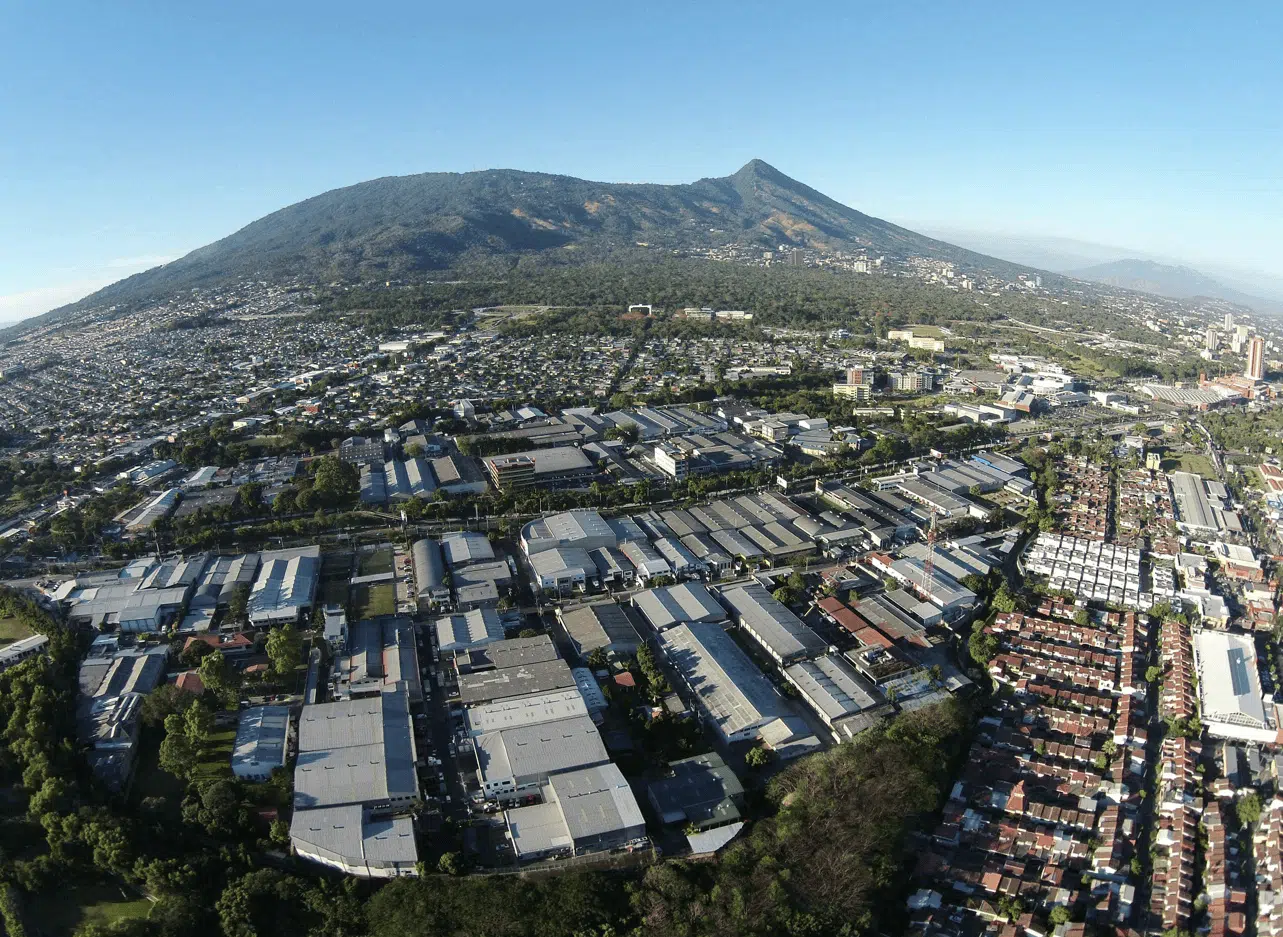The World Bank on Wednesday reduced the growth rate projection for the Salvadoran economy by five-tenths of a percentage point, lowering it to 2.2% on April 23 from the 2.7% it had predicted last October.
This is the lowest projected growth rate in the region, compared to 2.8% for Honduras, 3.4% for Nicaragua, and 3.5% for Guatemala, Costa Rica, and Panama.
The World Bank’s projection is even lower than that estimated by the International Monetary Fund (IMF), which stated last December, when the Extended Fund Facility agreement was approved, that it expected the country to grow by 2.5% this year; this is the same estimate made by the credit rating agency Moody’s.
El Salvador grew by 2.6% last year, according to official figures. This rate was well below the 3.5% projected by the Central Reserve Bank (BCR). Meanwhile, in 2023, the economy grew by 3.5%, according to the BCR, a rate that has been highly questioned.
Economists had warned that this year the country would be affected by global uncertainty and also by the agreement with the IMF, which would imply lower public spending.
They even point out that the economy is decelerating, especially after seeing that the economic activity volume index (IVAE) started the year with growth of only 0.23%.
Trend
Furthermore, the World Bank details that Latin America is expected to grow by 2.1% this year, making it the region with the lowest growth globally. “Low investment, high debt, and a changing external environment pose significant obstacles to the region’s development,” stated the organization, emphasizing that the economic outlook has changed in the last 6 months and that the tariff issue “casts uncertainty on the nearshoring project in Latin America and access to global markets in general, while the region’s other main market, China, continues to show anemic growth.”
Banco Mundial reduce tasa de crecimiento económico de El Salvador
El Banco Mundial redujo este miércoles la proyección de la tasa de crecimiento para la economía salvadoreña en cinco décimas, pasando de 2.7% que había previsto en octubre pasado a 2.2% este 23 de abril.
Esta es la tasa de crecimiento proyectada más baja de la región, ya que para Honduras es de 2.8%, 3.4% para Nicaragua, un 3.5% para Guatemala, Costa Rica y Panamá.
La proyección del Banco Mundial es incluso más baja a la estimada por el Fondo Monetario Internacional (FMI), que dijo desde diciembre pasado que se aprobó el acuerdo de Servicio Ampliado que esperaba que el país creciera este año 2.5%; esa es la misma estimación que hizo la calificadora de crédito Moody’s.
El Salvador creció el año pasado 2.6%, según cifras oficiales esta tasa fue muy por debajo de lo proyectado por el Banco Central de Reserva que esperaba que fuera de 3.5%. Mientras que en 2023 la economía creció 3.5 %, según el BCR, una tasa altamente cuestionada.
Los economistas habían advertido que este año el país se vería afectado por la incertidumbre global y además, por el acuerdo con el FMI que implicaría un menor gasto público.
Incluso señalan que la economía está en desaceleración, sobre todo después de ver que el índice de volumen de la actividad económica (IVAE) arrancó el año con crecimiento de tan solo el 0.23%.
Tendencia
Por otra parte, el Banco Mundial detalla que América Latina crecería este año un 2.1% y será la región de menor crecimiento a nivel global. “La baja inversión, el endeudamiento elevado y un entorno externo cambiante constituyen importantes obstáculos para el desarrollo de la región”, detalló el organismo que recalca que la percepción económica ha cambiado en los últimos 6 meses y que el tema arancelario “arroja incertidumbre sobre el proyecto de nearshoring en América Latina y el acceso a los mercados mundiales en general, mientras que el otro principal mercado de la región, China, continúa mostrando un crecimiento anémico”.

